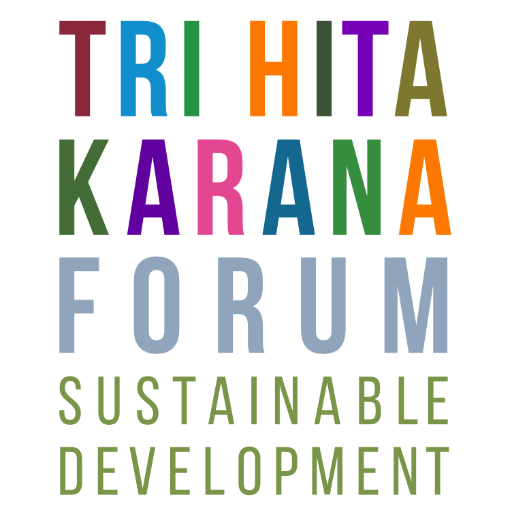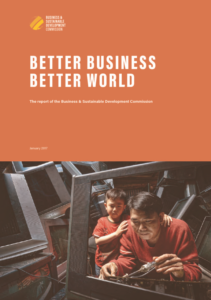WHAT IS?
WHAT IS SDG
The Sustainable Development Goals (SDG)-also called the Global Goals-are a set of 17 goals to reduce poverty, protect the environment and improve living standards globally by 2030.
The United Nations 17 Sustainable Development Goals (SDGs) were launched and adopted by world leaders and 193 countries on 25 September 2015 at an historic United Nation Summit as the 2030 Agenda for Sustainable Development in transforming our world.
The SDGs serves as a compass for the world so that we can meet our responsibilities to succeeding generations. The seventeen goals also combine to provide a tangible guide to our daily lives – a set of reference points to advise us what to do as peoples, as consumers, producers, civil society, business, and policy makers. For the SDGs to be achieved, everyone needs to know about them and do their part: people from the governments, the private sector and civil society.
WHAT IS TRI HITA KARANA
![]()
Tri Hita Karana, which means ‘Three Ways to Happiness’ is an ancient philosophy for life on the island of Bali, Indonesia, and has been teaching generation after generation of Balinese how to maintain spiritual harmony between Human, Nature and Creation. This traditional belief emphasizes the harmonies of people with people, people with nature, and people with spiritual in the pursuit of Happiness. The principle of Tri Hita Karana guides many aspects of Balinese life.
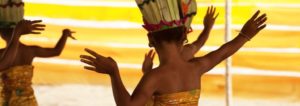
WHAT IS SDG PYRAMID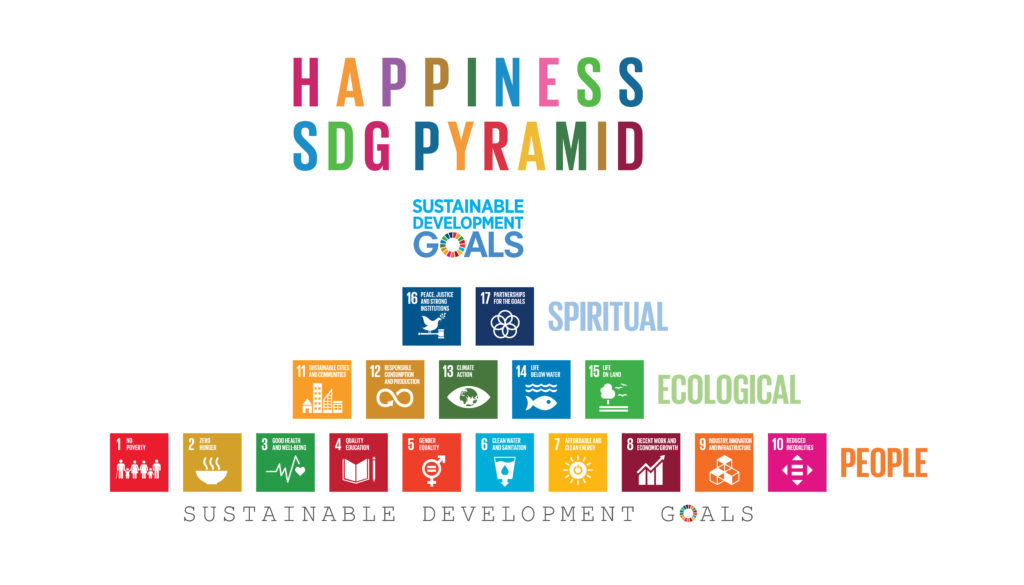
Following the inauguration of the 17 Sustainable development goals by the United Nation in 2015, Governments, Businesses and civil society together with the United Nations have actively started to mobilize efforts to achieve the Sustainable Development Agenda by 2030.
The SDG Pyramid was launched at the United Nations platform on the International Day of Happiness 20 March 2017 as a way to align the UN goals with happiness.
In an effort to promote the SDG, United in Diversity Foundation together with SDSN initiated the SDG Pyramid framework inspired by the Balinese philosophy, Tri Hita Karana.
It is serendipitous that the 17 goals aligns with Balinese philosophy of life Tri Hita Karana around the harmony of people, ecology and spiritual. The first ten goals relate to the harmony of people that addresses people or social issues such as poverty, education, and health. The next five goals relate to harmony with nature addressing sustainability in urbanization, climate change, and biodiversity. The final two goals relate to harmony with the spiritual calling for inner strength and faith to bridge peace and collaboration within and across sectors and cultures. The sustainable development goals elegantly presented in the pyramid framework is a beautiful reflection of aspirations to happiness through the harmony of social, ecological and spiritual values that will universally guide mankind.
It also finds resonance in other communities, cultures and philosophies.
Indonesian Government on SDG Pyramid to Happiness

The SDG Pyramid has been endorsed by international influential figures such as Christiana Figueres, Former Executive Secretary of the UN framework Convention on Climate Change (UNFCCC), Convenor of Mission 2020, Quincy Jones, Celebrated producer, composer and musician, Paul Polman, Chairman of Unilever and co-founder of the Business Commission for Sustainable Development, Dean of Public Policy of Tsinghua University and UN SDSN global co Chair Xuelan, among many others.
WHAT IS BETTER BUSINESS BETTER WORLD
Better Business Better World Report
A call to action to business leaders to align with the Sustainable Development Goals (SDGs), “Better Business Better World” is a report led by The Business and Sustainable Development Commissioners and prepared by UN Foundation and Systemiq with the support of the Bill & Melinda Gates Foundation, the Rockefeller Foundation, the Australian Department of Foreign Affairs and Trade (DFAT), the Global Green Growth Forum (3GF), the Netherlands Ministry of Foreign Affairs (MoFA), the Norwegian Ministry of Climate and Environment, the Swedish International Development Cooperation Agency (Sida), and the UK Department for International Development (DFID).
The Business and Sustainable Development Commission was launched in Davos in January 2016 to bring together leaders from business, finance, civil society, labour, and international organisations, with the aims of mapping the economic prize that could be available to business if the UN Sustainable Development Goals are achieved, and describing how business can contribute to delivering these goals.
It also offer companies a tremendous new growth strategy that could also help rebuild trust with society. The Better Business, Better World report shows how pursuing the Global Goals could raise trillions in new market opportunities in ways that extend prosperity to all.
WHAT IS BLENDED FINANCE
Blended finance is the strategic use of development finance for the mobilisation of additional finance towards sustainable development in developing countries (OECD Definition). The use of blended finance vehicles and instruments like guarantees, technical assistance grants, currency hedging and risk insurance are gaining traction with private investors, who can use a small amount of development capital to mitigate against a range of risks. These structures can mitigate early-entrant costs or project risks, helping re-balance risk-reward profiles for pioneering investments and mobilise large scale capital for the SDGs.
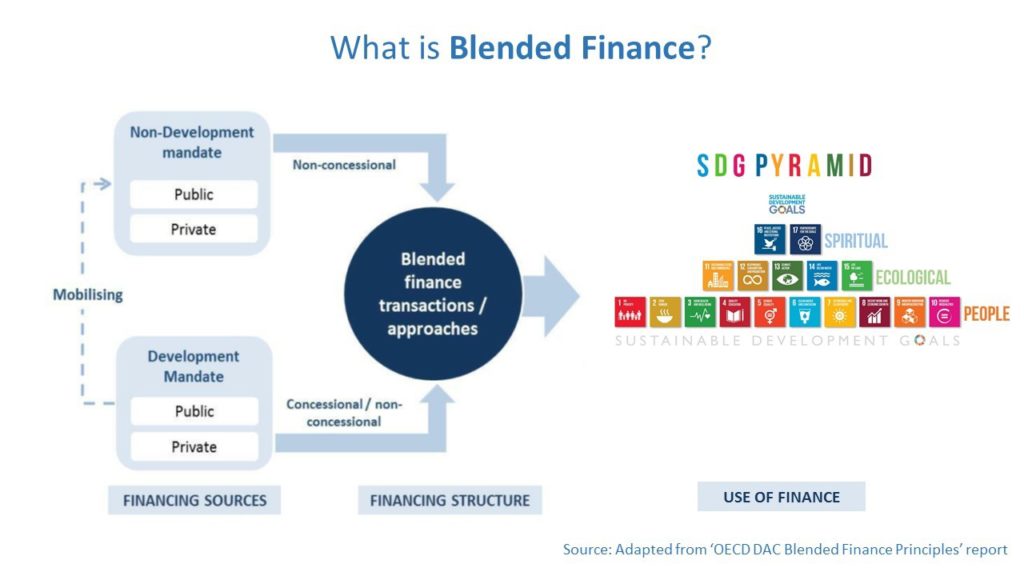
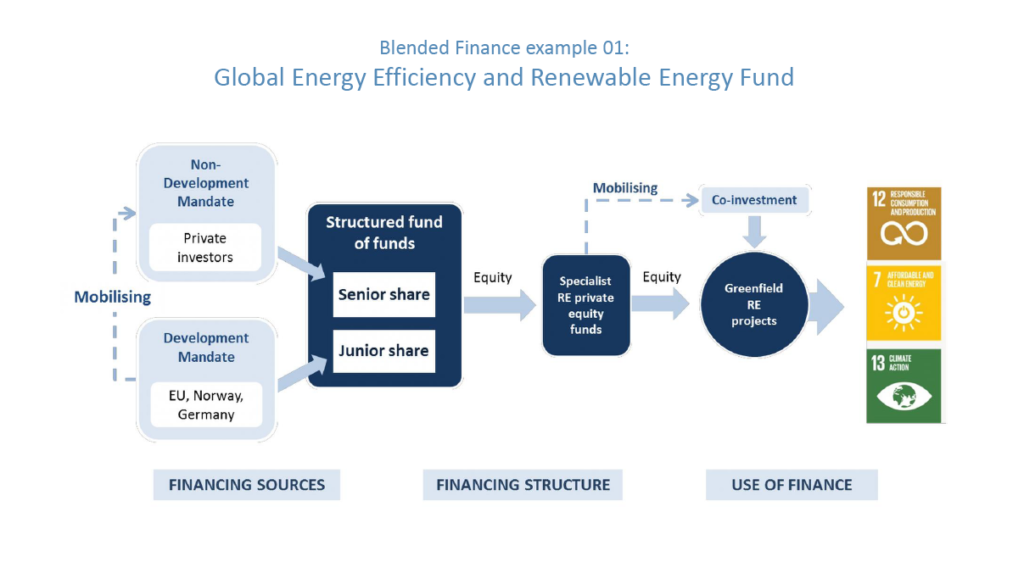
Source: ‘OECD DAC Blended Finance Principles’ report
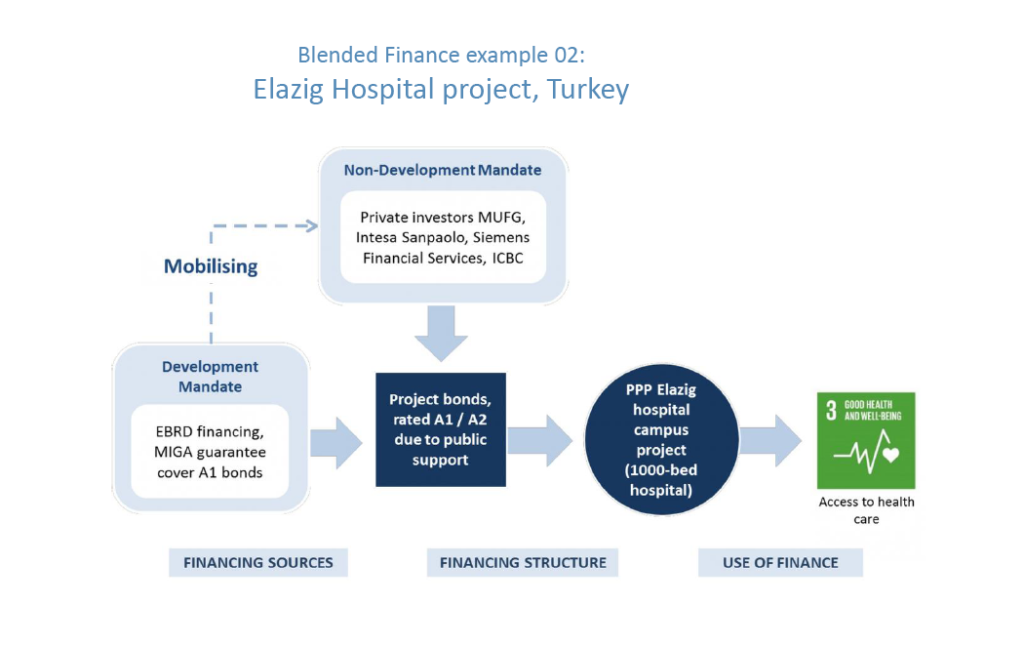
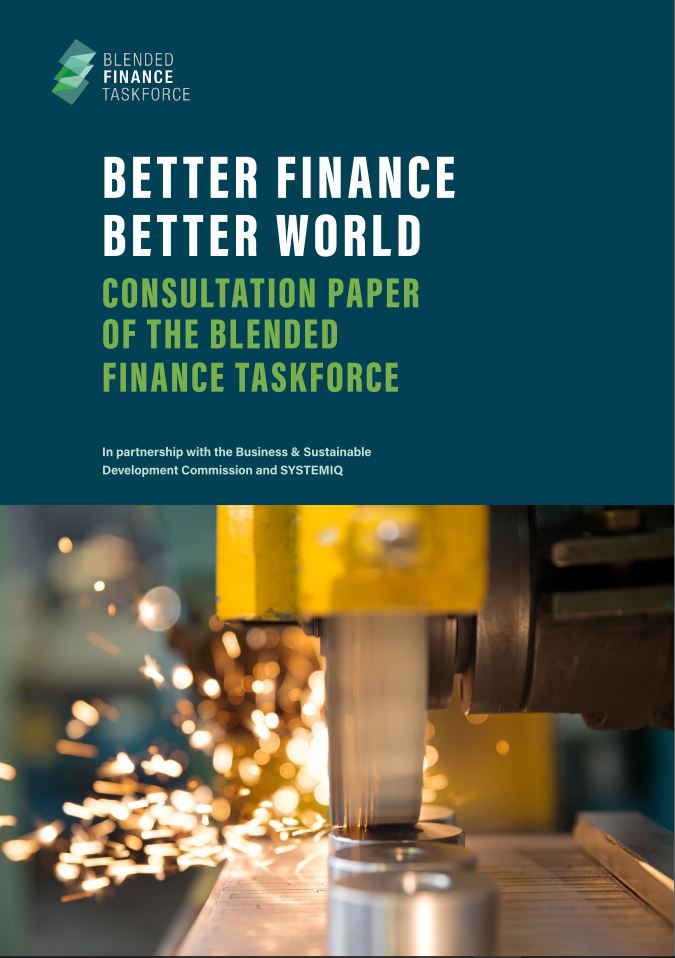
BETTER FINANCE BETTER WORLD REPORT
